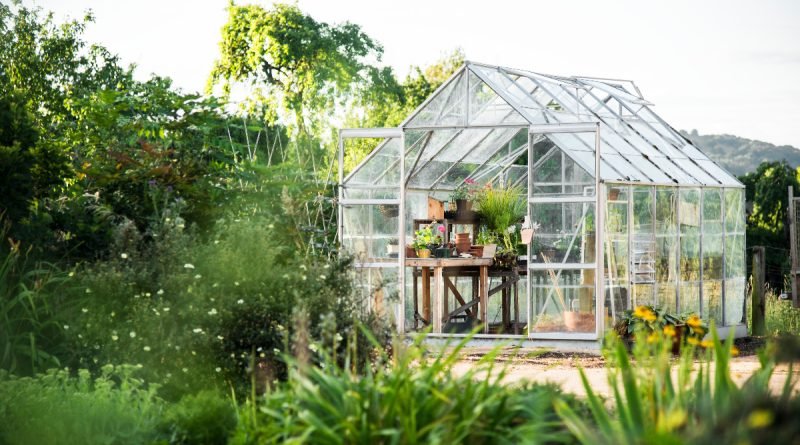Indoor Gardening: Essential Tips for Choosing the Perfect Grow Tent
In the realm of indoor gardening, an increasing number of cultivators are gravitating towards grow tents or grow closets, seeking a designated, contained space for their horticultural endeavors. These compact, portable greenhouses appeal to growers as they aid in maintaining a stable, controlled environment, effectively warding off unwanted guests like pests and molds, and providing plants with the ideal climatic conditions to flourish.
Grow tents also offer an added advantage of containing grow lights, mitigating any undue attention or inconvenience that may arise from the luminosity of your indoor gardening activities. However, the market today is awash with various grow tents, each with its unique specifications and features. So, how do you choose the perfect grow tent for your indoor garden?
It’s important to remember that all grow tents are not created equal. Each comes with its own set of advantages and potential drawbacks, making the selection process a crucial step in setting up your indoor garden. Let’s explore some key factors to consider while choosing the perfect grow tent for your needs.
1. Size Matters
The size of your grow tent is a paramount consideration, with options ranging from compact, cloning-type tents (approximately 2ft x 2ft x 2ft) to more spacious varieties spanning up to 8ft x 8ft x 8ft. If you’re planning to set up a closet-type indoor garden, you’ll want to choose a tent that snugly fits your available space.
Begin by measuring your intended grow area. Then, conduct some research to find tents that align with your dimensions. However, remember to account for ventilation—you’ll need a suitable spot to release the hot air generated inside your grow tent.
2. Features to Fit Your Needs
While size is a crucial determinant, choosing a grow tent isn’t purely a numbers game. The features that a tent offers can significantly impact its functionality and ease of use.
Most grow tents come equipped with extra support bars at the top, facilitating the hanging of lights, ventilation fans, ducting, and other essentials. If you plan to hang a significant amount of weight from these supports, ensure your tent is robustly built to bear that load.
Consider the size and location of duct holes—these should align with the ducting you plan to use. Also, the placement of the doors is essential. Easy, unobstructed access to your plants can make your gardening experience more enjoyable and efficient.
Finally, don’t overlook the air intake vents. Ideally, you should vent hot air out of the top of the tent, on the opposite side of your air intake. This detail can play a significant role in maintaining a conducive growing environment within your tent.
3. Finding the Balance
As with many things in life, finding a balance between cost and quality often yields the best results. While cheaper tents may seem tempting, they may lack durability and capacity for weight support. Conversely, high-end options may offer little additional value to justify their steep price tag.
Instead, aim for a middle-ground option that offers a reasonable blend of cost-effectiveness and durability. Do your research, evaluate your needs, and select a grow tent or grow closet that best fits your requirements. After all, your indoor garden should be a source of joy and fulfillment, not a cause for stress. Happy gardening!




